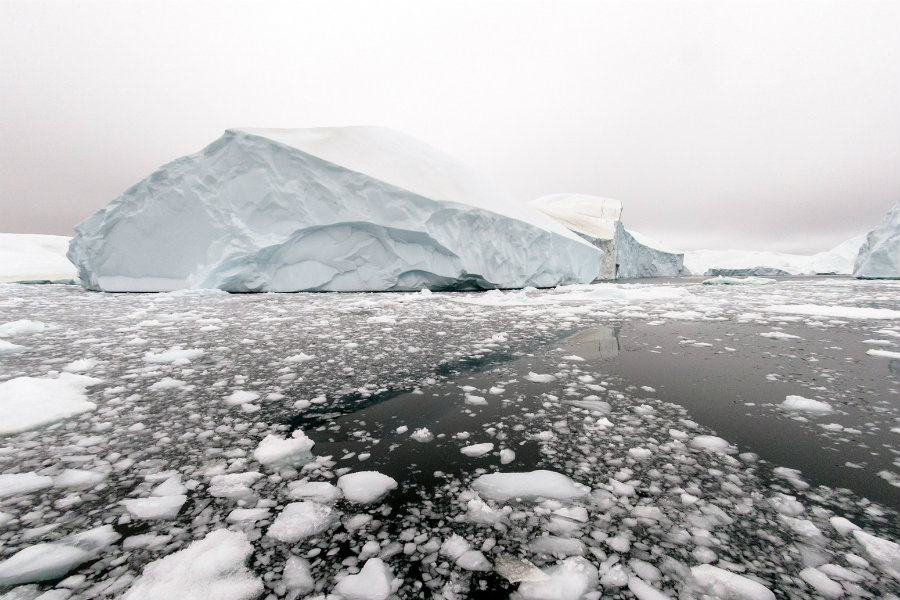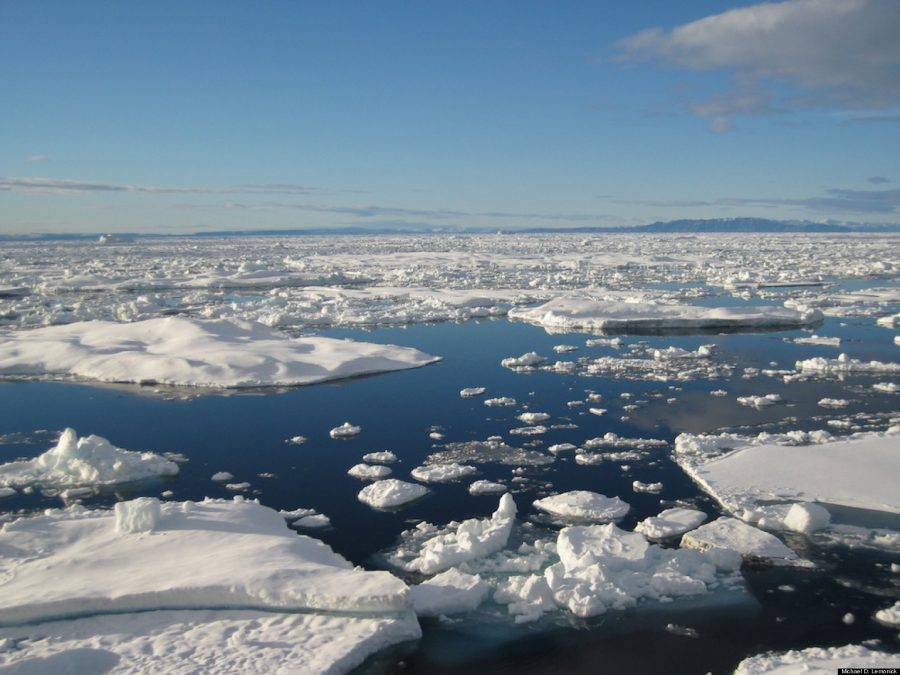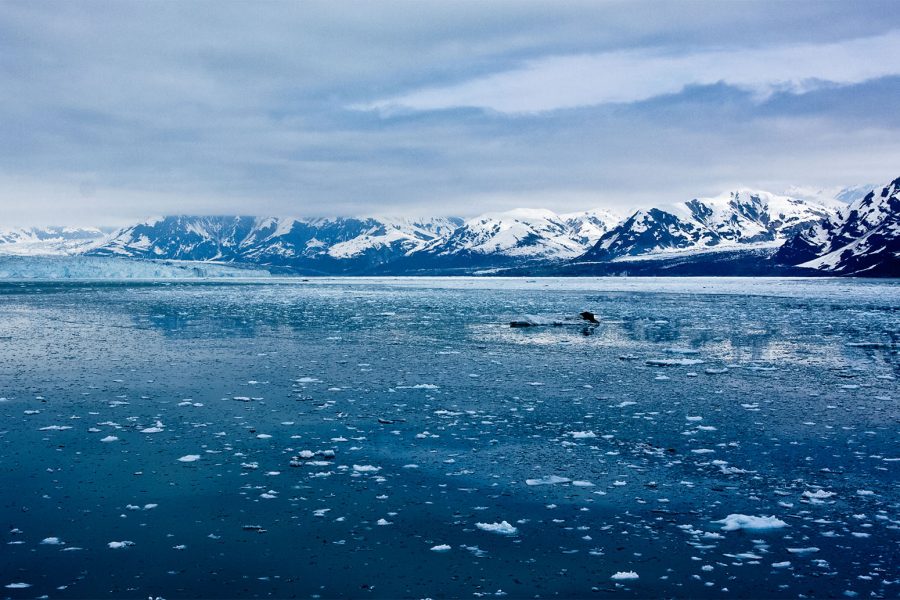For the third time this winter, the Arctic has experienced a period of abnormal mild weather and warm temperatures.
This past Friday, temperatures close to the North Pole were about 50 degrees higher, according to the National Oceanic and Atmospheric Administration. On-site reports provided further evidence of the unusual temperature reading, stated The Washington Post.

The furthest northland station on Earth located in Greenland reported temperatures surmounting the melting point in just 12 hours when warm air streams reached the Arctic on Wednesday.
Temperatures registered in another weather station, Station Nord located in northeast Greenland, broke their all-time February warmth record by almost four degrees, revealed the Danish Meteorological Institute, as reported by The Washington Post.
High temperatures in Longyearbyen, the largest settlement and administrative center of the Norwegian island Svalbard, have caught up to or exceeded previous records, oscillating over the 40 degrees mark when they wouldn’t usually reach the 20 degrees, The Washington Post wrote.
The warm air concentrated toward the usually frigid North Pole carried by winds that converged between a storm in the North Atlantic and a high-pressure area over northern Europe, creating a strong low-pressure storm system that sent temperatures skyrocketing.

The presence of storms by itself is not unheard of, a couple of them can pass through the northern Atlantic each year. What is most rare is just how far north some of the storms have arrived lately, said atmospheric physics expert Kent Moore from the University of Toronto.
Although it is unclear why it happens, Moore explained there are “extratropical cyclones that appear to be tracking further north than they usually do, and these low-pressure systems are bringing the heat up into the polar region,” causing temperatures to rise above the zero degrees, or in extraordinary cases, above the freezing point, the Washington Post read.
According to Moore, who recently published his study in the journal Nature, extreme temperature peaks such as this have occurred on multiple occasions during the past two winters, whereas they were only witnessed once or twice per decade in previous historical records dating back to the 1950s.
Climate Change in the Arctic
While the February’s rise in warmth resulted from these particular weather systems, scientists warn that such spikes are probably becoming more common and intense with climate change and the interplay between the air and the Arctic sea ice.
A combination of different variables is causing these winter-warming events, including the steady rise of global warming. Greenhouse-gas concentration heights are proportionately affecting average temperatures and Arctic sea ice melting likewise.

The reduction of Arctic sea ice as a result of global warming and temperatures in the area soaring at an alarming rate —twice the global average rate— is becoming a major issue. Changes during the summer months are expected, but lately, scientists have observed record lows in the winter season, a time of year when the ice is supposed to be expanding, not shrinking.
The National Snow and Ice Data Center confirmed earlier this week that the extent of Arctic sea covered by ice remained at record low levels in January and have been since October. The ice coverage for the month averaged 5.17 million square miles; the lowest January has ever recorded, The Washington Post noted.
Where the ice is missing, those parts of the ocean become warmer, leaving behind a “reservoir” of heat over the North Atlantic that slowly moves closer to the pole. And when that happens, it will allow storms to carry warmth further up north than ever before, Moore explained to the paper.
Something is “very wrong with the Arctic climate,” observed a science writer to The Washington Post.
Source: The Washington Post
